Education
Urban Design and Built Environment
Graduate Major5 Features
Becoming creators of resilient cities
and environments
-
1
A Fusion of Education and
Research Encompassing Science, Engineering,
and Social Sciences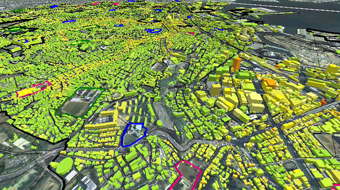
The Graduate Major in Urban Design and Built Environment provides interdisciplinary education and research, with faculty covering various disciplines from science and engineering fields to social sciences. As a result of this, students of Urban Design and Built Environment gain a wide array of knowledge and abilities to create and maintain resilient cities and environments (those able to recover by themselves flexibly) which are beneficial to people and the environment as a whole, resistant to disasters, and in harmony with the local culture and natural features.
-
2
Cultivating the Inventiveness to
Discover Needs and Create Solutions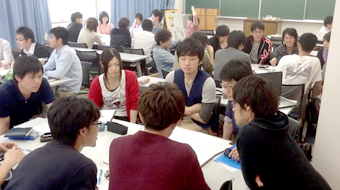
Problems related to cities and environments are varied, and new unforeseen issues and societal demands arise every day. In lectures covering methodology related to rolling out research and development and interactive lectures in studio format, the Graduate Major in Urban Design and Built Environment develops flexible inventive thinking expected of next-generation builders of cities and environments — supporting their ability to discover potential needs and to attempt to solve unknown problems.
-
3
Utilizing Advanced Technology
in Designing Cities and Environments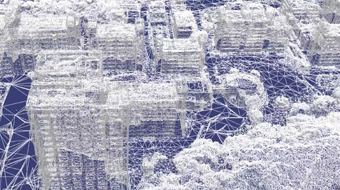
To accurately evaluate the current situation regarding cities and environments and to conceive those of the future, cities must be scrutinized from various angles, such as its safety, functionality, comfort, history, and harmony with its environment. The Graduate Major in Urban Design and Built Environment has a rich research and education environment utilizing advanced technologies, such as simulation technology using a supercomputer and spatial information processing technology, in addition to various laboratory facilities. Its students, through practice, acquire the skills to analyze various phenomena related to cities and environments in a multifaceted way.
-
4
Interaction with Research Abroad and
Cultivating Internationality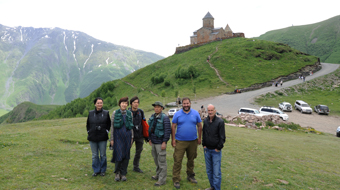
Tokyo Tech has many academic cooperation agreements with leading universities abroad. Additionally, each faculty member of the Graduate Major in Urban Design and Built Environment is involved in numerous international research projects. Through participation in such projects, study at partner schools, and interaction with students from abroad, students of the Urban Design and Built Environment have many opportunities to cultivate the internationality required in a global society, including communication skills and respect for diverse cultures and values, and proactive interaction.
-
5
Develop Practical Skills with
Real-World Applications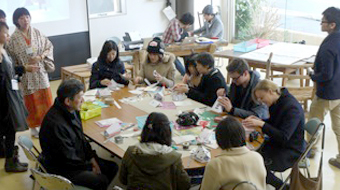
The faculty at Urban Design and Built Environment has many opportunities to share and apply research findings, for example, by assisting national and municipal governments and by cooperating with residents. By participating in such activities, students witness research contributing to society and learn the importance and know-how of practical research.
